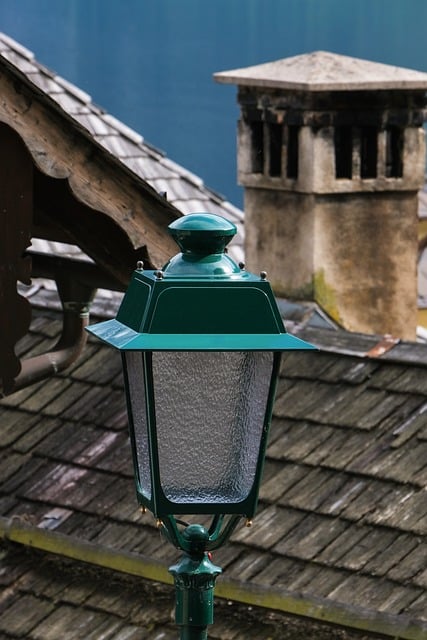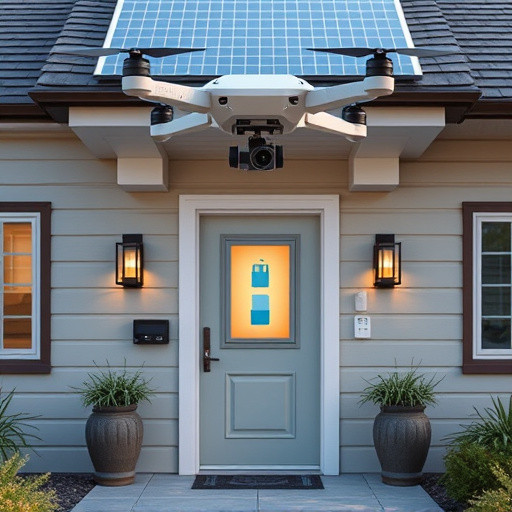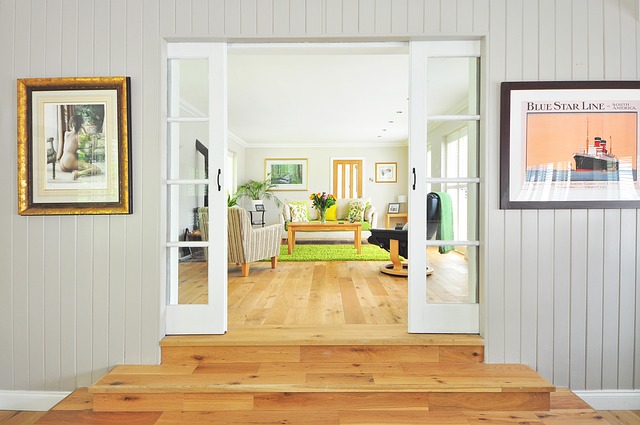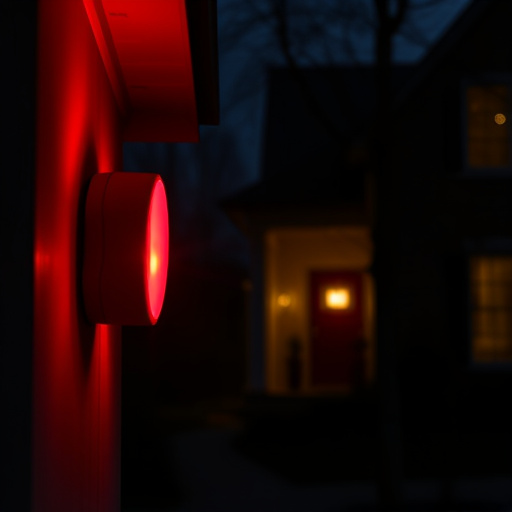Understanding common entry points and conducting a vulnerability assessment are crucial for developing robust home security. By addressing weak spots like unlocked doors, poorly lit areas, and unsecured windows, homeowners can significantly prevent break-ins. Proactive measures include sealing exterior openings, installing motion sensors, maintaining clear viewlines, and investing in surveillance systems, creating a safer home environment and offering peace of mind. These effective security strategies, known as home protection measures, deter potential thieves and enhance overall security.
Protecting your home and family from break-ins is a top priority for any homeowner. This comprehensive guide offers essential home security tips to prevent unwanted intruders. We’ll explore understanding common entry points through a vulnerability assessment, identifying weak spots in your exterior and evaluating doors, windows, and garages. Learn effective strategies like upgrading locks, installing surveillance cameras, and leveraging smart home technology. Discover secure tactics like well-lit exteriors, safe storage for valuables, and good security habits. Embrace community involvement through neighborhood watch programs to fortify your fortress.
- Understanding Common Entry Points and Vulnerability Assessment
- – Identifying weak spots in your home's exterior
- – Evaluating potential entry points like windows, doors, and garage
Understanding Common Entry Points and Vulnerability Assessment
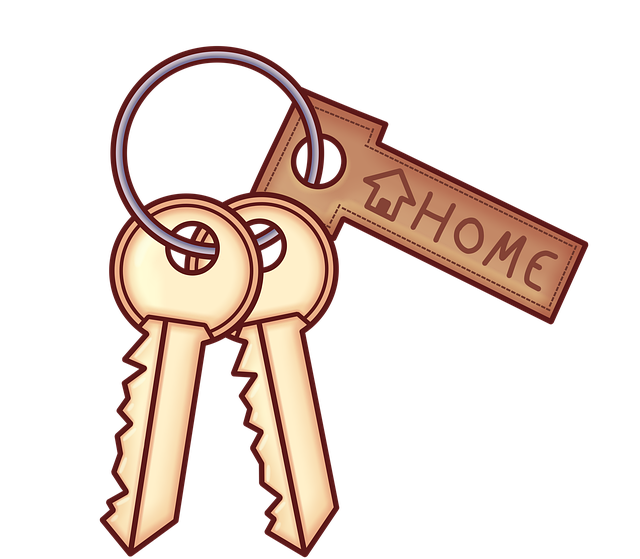
Understanding Common Entry Points and Vulnerability Assessment is a crucial step in developing effective security strategies for your home. Criminals often target vulnerable areas such as unlocked doors, poorly lit entryways, and windows without secure locks or screens. By identifying these weak points, homeowners can implement targeted measures to prevent break-ins.
A thorough vulnerability assessment involves inspecting your property from an intruder’s perspective. Check all exterior doors and windows for proper sealing, install motion-activated lights around the perimeter of your home, and ensure landscaping doesn’t obscure viewlines. Additionally, consider investing in a security system with surveillance cameras to deter potential thieves and provide real-time alerts of any suspicious activity. These proactive steps are vital in creating a secure home environment and enhancing peace of mind.
– Identifying weak spots in your home's exterior
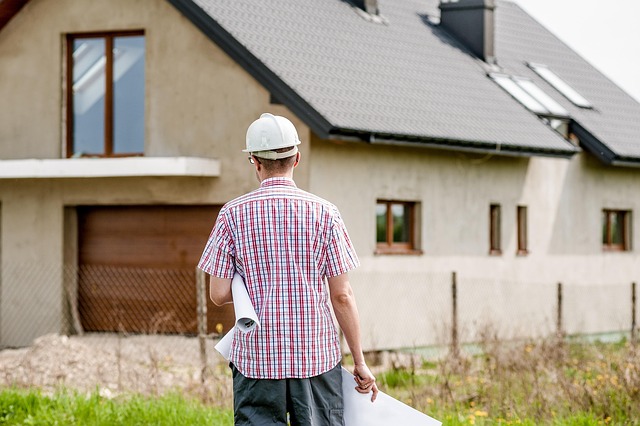
Identifying weak spots in your home’s exterior is a crucial step in implementing effective security strategies for preventing break-ins. Walk around your property and assess areas like windows, doors, and any potential entry points. Look for vulnerabilities such as broken locks, loose hinges, or poorly maintained siding—these can be easily exploited by intruders. Regularly inspect these features to ensure they’re secure and consider upgrading outdated or faulty mechanisms.
Secure your home with tactical measures that deter potential thieves. This could include installing robust door locks, adding security cameras, and ensuring adequate lighting around the perimeter. Even simple changes like trimming trees and shrubs away from windows and doors can significantly reduce hiding spots for intruders. By addressing these weak spots, you’ll make your home a much less attractive target for break-ins.
– Evaluating potential entry points like windows, doors, and garage

When evaluating your home’s security, start by assessing potential entry points that could be exploited by burglars. Windows and doors are often overlooked but can provide easy access for intruders. Check all exterior windows for proper locking mechanisms and consider installing security films or impact-resistant glass to deter forced entries. Ensure doors fit well in their frames and use high-quality locks with at least a grade 2 cylinder. Additionally, examine your garage door security—it’s another common point of entry. Install automatic garage door openers with internal locking mechanisms for enhanced protection when you’re away or sleeping. Regularly inspect and maintain these features to ensure they function optimally during break-in prevention.
Implementing effective security strategies around these entry points significantly improves home protection measures. Consider adding security cameras, motion sensors, or alarm systems that trigger when doors or windows are opened unexpectedly. These devices can serve as powerful deterrents and provide real-time alerts, giving you peace of mind and valuable time to respond if a break-in attempt is detected.

